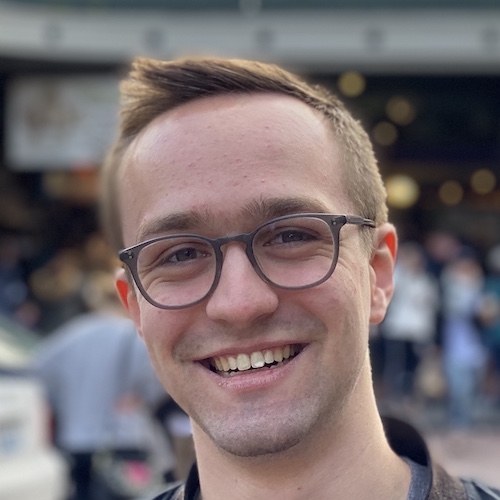Designing for Semi-formal Programming with Foundation Models
PLATEAU Workshop at the Intersection of PL and HCI, 2024

Josh Pollock
MIT CSAIL
Ian Arawjo
Université de Montréal
Caroline Berger
Aarhaus University

Arvind Satyanarayan
MIT CSAIL
Abstract
End-user programmers, such as scientists and data analysts, communicate their intent through culturally specific, semi-formal representations like formulas and wireframes. Research on end-user programming inter- faces has sought to democratize programming but has required advances in program synthesis, UI design, and computer vision to support translating a representation to code. As a result, end-users must still fre- quently translate such representations manually. Foundation models like ChatGPT and GPT-4V dramatically lower the cost of designing new programming interfaces by offering much better code synthesis, UI genera- tion, and visual comprehension tools. These advances enable new end-user workflows with more ubiquitous semi-formal representations. We outline the translation work programmers typically perform when translating representations into code, how foundation models help address this problem, and emerging challenges of using foundation models for programming. We posit semi-formal and notational programming as paradigmatic solu- tions to integrating foundation models into programming practice. Articulating a design space of semi-formal representations, we ask how we could design new semi-formal programming environments enabled through foundation models that address their emergent challenges, and sketch “proactive disambiguation” as one solution to bridging gulfs of evaluation and execution.
Bibtex
@inproceedings{2024-semi-formal-design-space,
title = {{Designing for Semi-formal Programming with Foundation Models}},
author = {Josh Pollock AND Ian Arawjo AND Caroline Berger AND Arvind Satyanarayan},
booktitle = {PLATEAU Workshop at the Intersection of PL and HCI},
year = {2024},
url = {https://vis.csail.mit.edu/pubs/semi-formal-design-space}
}